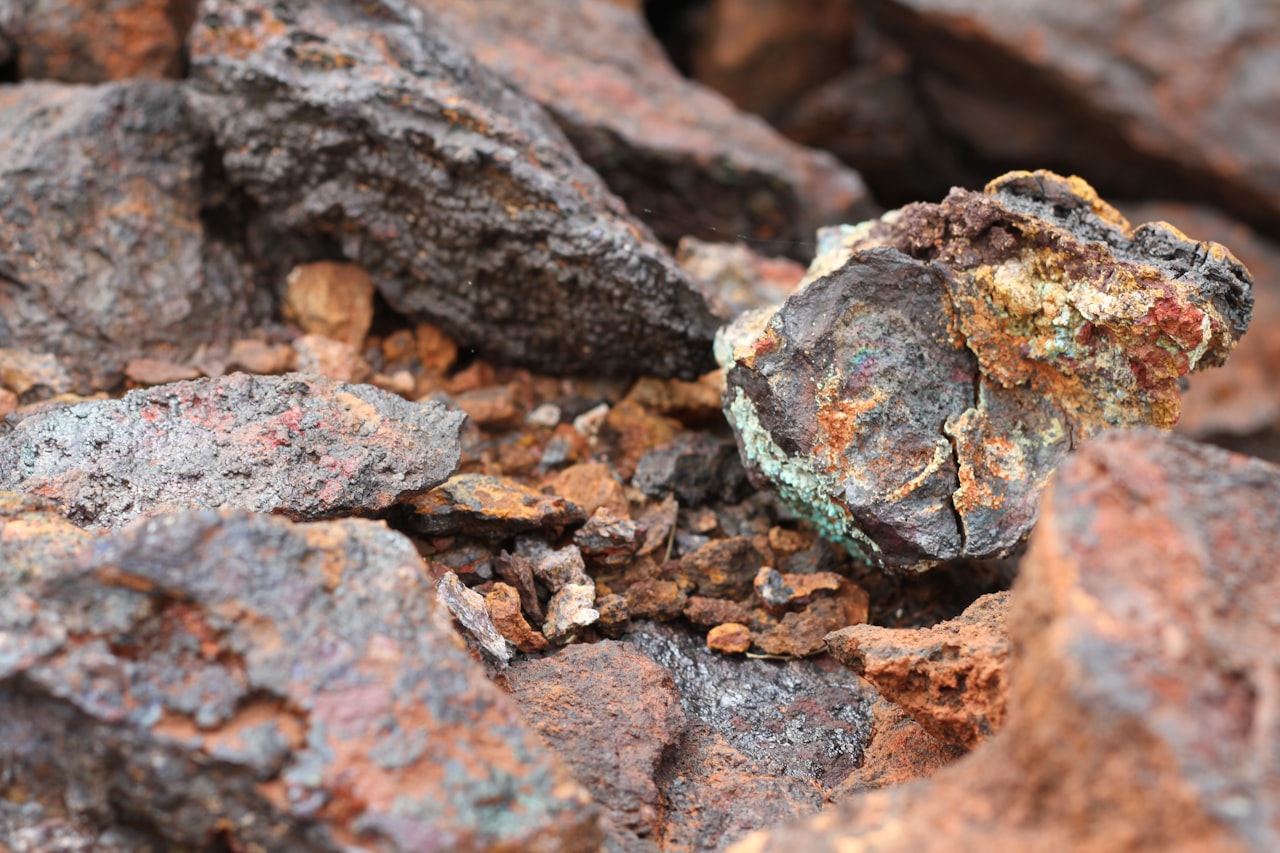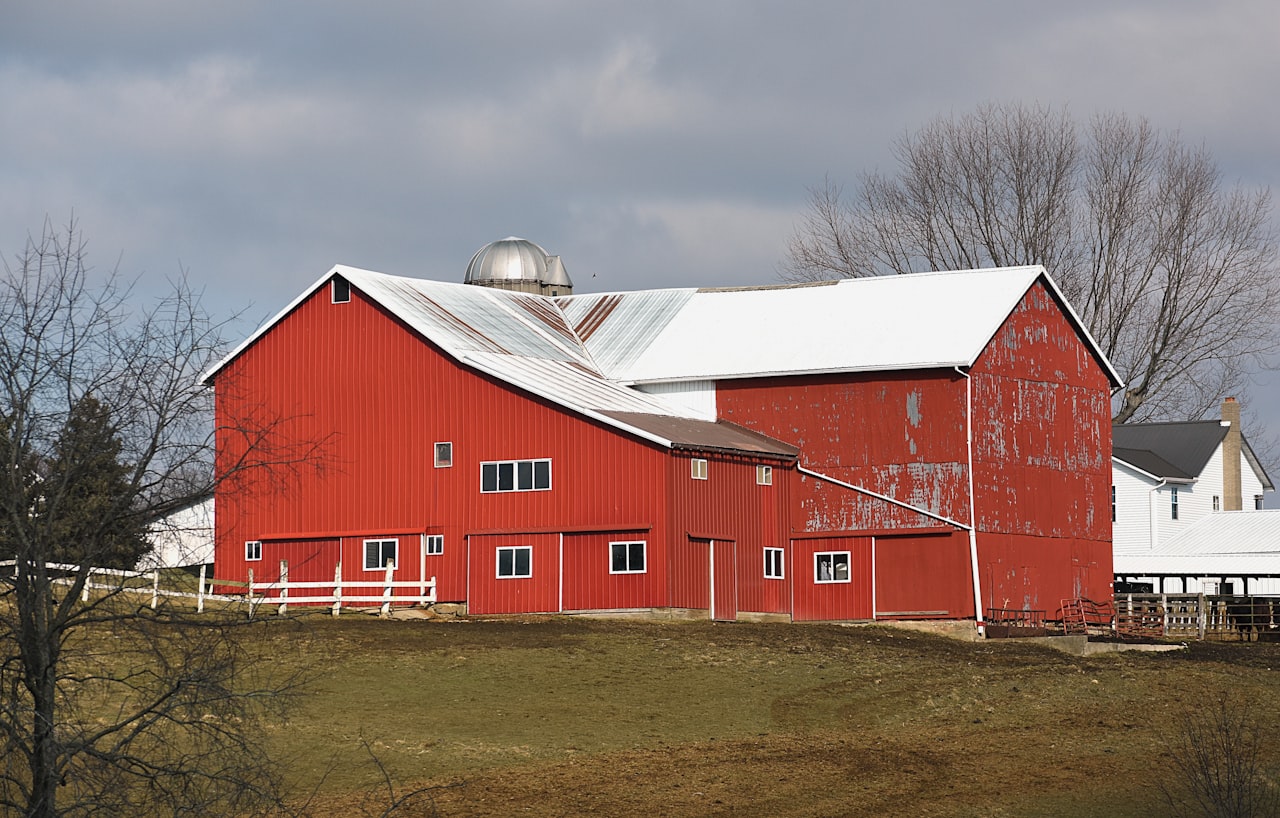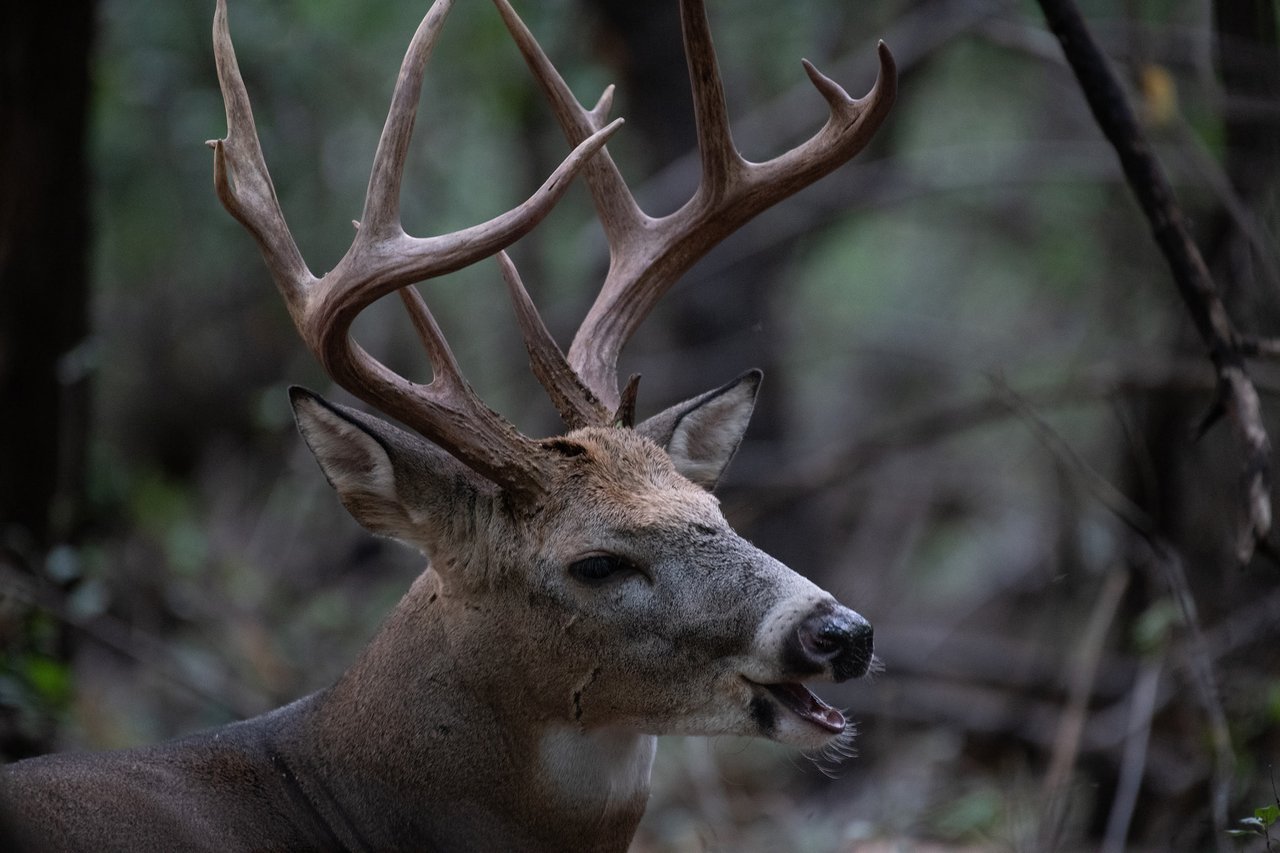If you’re fishing along one of the North Carolina rivers that empties out into Pamlico Sound, you’re likely to catch a speckled trout (a.k.a., a spotted sea trout or spotted weakfish) or two, as this is the season when this species is on the move up into the warmer rivers and creeks of the state. For many anglers, fishing for this game fish is most satisfying over the cooler winter months, as the trout are plentiful, fairly easy to locate and slower moving in these shallower waters, and, of course, delicious to eat.
Characteristics of the Speckled Trout
A member of the drum, or croaker family, the speckled trout is most commonly found in shallow waters, rivers, bays and estuaries from Cape Cod, Massachusetts south to Florida and beyond, along the Atlantic and Gulf of Mexico shorelines all the way to the Yucatan Peninsula. It is one of a handful of breeds – just even – of euryhaline fish that are very tolerant of both saline and fresh water, their bodies having evolved to be able to adapt to different environments as necessary for survival. For spawning purposes and for feeding in the warm summer months, speckled trout require a higher level of salinity; in the winter months, as they move inland into warmer rivers and streams with little to no salinity, their bodies are completely able to adapt to this environment as well.
Most speckled trout are mature by the time they are 1-3 years old and they can survive for anywhere between five and ten years. Typically, depending on age and gender, they measure between 15 and 20 inches in length, with some growing to be much longer. Interestingly, a female of the species grows larger and lives longer than her male counterpart. A young speckled trout, hatching any time between late spring and early fall, grows quickly, eating voraciously throughout the first year or so of life. Two sharp, visible, canine-like teeth help the trout catch prey – smaller fish, crustaceans, and shrimp, for instance. A female is ready to spawn (a process that can take place several times per season) when she is just a year old.
Prime Fishing Time for the Speckled Trout
Speckled trout are cold-blooded creatures, which means their body temperatures rise or fall according to the temperature of the water around them. During the cooler months of the year, as ocean waters drop into the low 70s for the winter, speckled trout along the Carolinas’ coastline – and even those from further north (Virginia and beyond) – are forced to move out of the coastal zones and upriver into areas of warmer waters, from Pamlico Sound to the Neuse River and Pamlico River here in North Carolina. The trout’s metabolism slows in the colder waters and they eat less, often not choosing to surface until the water has warmed a bit in the winter sunshine. Once the weather starts shifting again in late March/early April, the process operates in reverse, with speckled trout making their way back out into the rivers and on into the Sound.
Fishing Tips
According to some, the best bait for catching a speckled trout is either a minnow or a shrimp – one of the fish’s favorite meals – or artificial bait designed specifically for the fish. A medium-weight rod with a spin-cast reel is your best bet for taking on this species. Often schools of speckled trout frequent one spot, or hole, for hours, or even days, but they are just as likely to randomly move from a spot seemingly at the drop of a hat.
As a schooling fish – one which moves and eats along with many others of the same species at the same time – the speckled trout instinctively hangs out in groups where there is safety in numbers. When the school finds food, the entire shoal of fish will stop to feed.
In North Carolina, catching a speckled trout under 14” inches is forbidden, a rule that ensures that a female would have had time for at least one spawning season to take place. The limit per day per angler is four for recreational fishermen.
Trout Favorites
- 4 Speckled trout filets (fresh, skin on or off)
- Olive oil
- Your favorite seasoning
- Aluminum foil
- Melted butter (optional)
- Lemon wedges (optional)
Rub each filet with olive oil and arrange skin side down in a single layer on a sheet of heavy duty aluminum foil. Sprinkle the fish with your choice of seasoning: a dried herb blend with salt & pepper, garlic, or Creole seasoning.
When your grill is hot and ready, place the fish on the grill (with the foil in between). Cook for 3-4 minutes and baste with butter (optional). Cook another 2-3 minutes. Be careful not to overcook – the fish will cook very quickly on the grill. You’ll know it’s done when it flakes easily with a fork.
Squeeze a little lemon juice on top and serve.
- 1 lb. speckled trout fillets, cut into 2-inch wide pieces
- 1 can diced Italian-style tomatoes, drained
- 2 tablespoons chopped pitted ripe olives
- ½ teaspoon garlic powder
- salt and pepper, to taste
- 2 tablespoons chopped fresh parsley
- olive oil
Preheat oven to 400 degrees. Grease a baking dish with olive oil. Arrange speckled trout in pan, season with garlic powder and salt and pepper.
Combine tomatoes and olives in a bowl, mix, then spoon over speckled trout. Bake 18 to 20 minutes or until fish flakes easily. Remove with oven mitts. Sprinkle with fresh parsley and serve with garlic bread. Serves 4.











